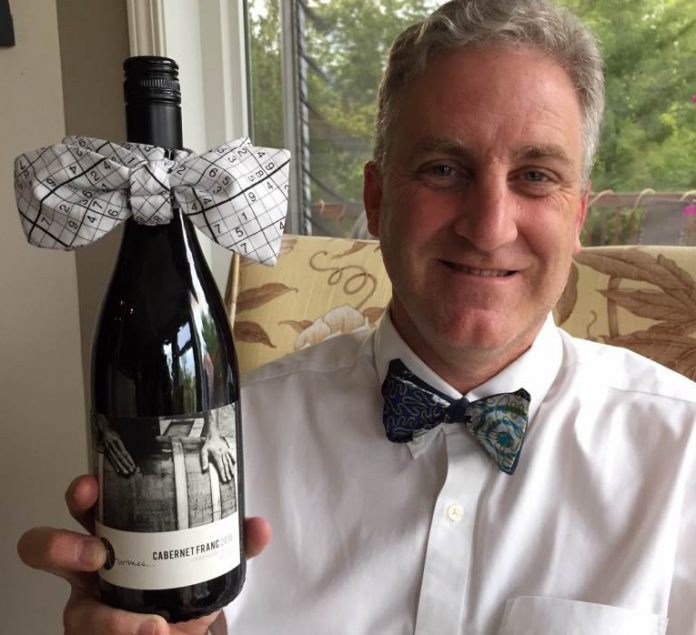I’ll never forget my first class in a 2011 Wine Appreciation course. Our instructor poured the wine, asked us to swirl it in the glass, poke our noses in deep, slurp and roll it around in our mouths. He asked us, “What do you get?” Before I could blurt out, “grapes” another student offered, “Notes of quince, tarragon, elderflower and a hint of fiberglass.” Intimidating, to say the least.
The number of receptors on your tongue could be anywhere from 11 – 1100/in2. Their location will vary too. You may have more at the tip in the sweet zone or on the sides where sour is boss or at the bitter back. Perhaps you’re bankrupt. Does that mean it’s over for you? Not at all.
After 31 years as a calculus teacher, I’ve come to believe anyone can learn calculus, but some need it broken into small steps while others get it right away. Not fair but true. Practicing is where the fun comes in and how passion develops. So it is with wine tasting.
We begin with fruit and flowers, the primary elements. Focus on fruit as you begin. Citrus, stone, tropical, red or black? Unripe or ripe? Dried, cooked or baked? Is there a floral element? Move to the secondary elements which come from winemaking. Is the texture buttery or creamy? Does it bring to mind toast or bread? Do you taste cedar, vanilla or coconut? Finally, consider tertiary elements that come from ageing. Do you detect baking spice, chocolate, caramel, coffee or cocoa? Is it earthy or funky?
My advice is to start with fruit and experiment. If you’re there exploring for a few years, who cares? You’ll gain experience so when asked your opinion you can confidently have your say. After all, if a grey-haired, bowtie-wearing crazy Calculus teacher can figure it out, so can you!









